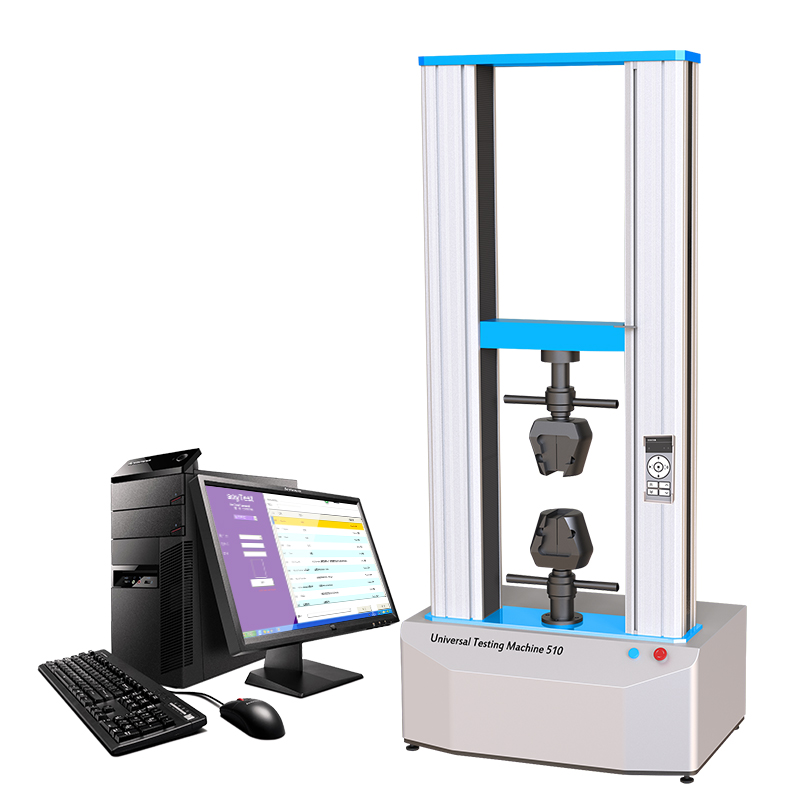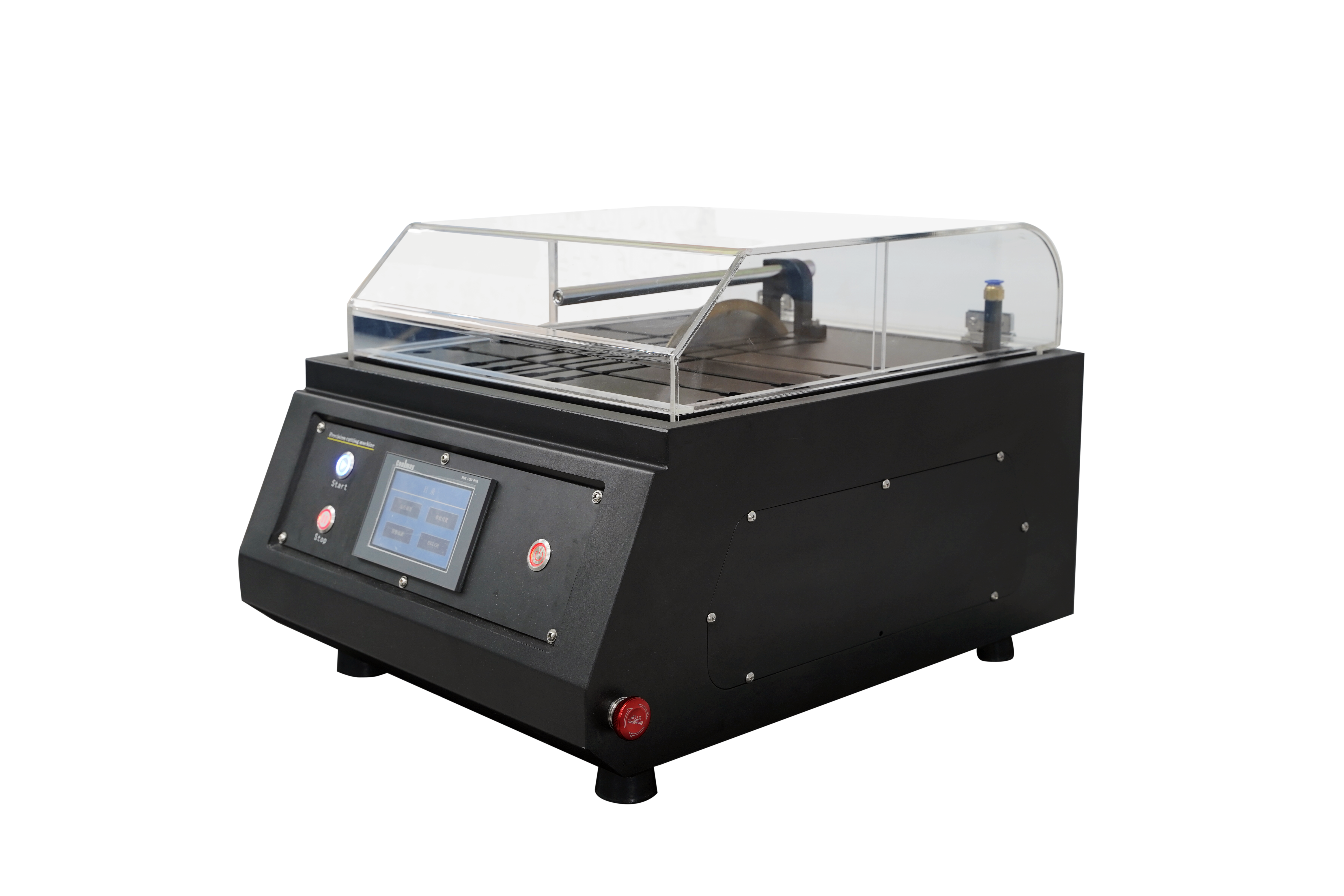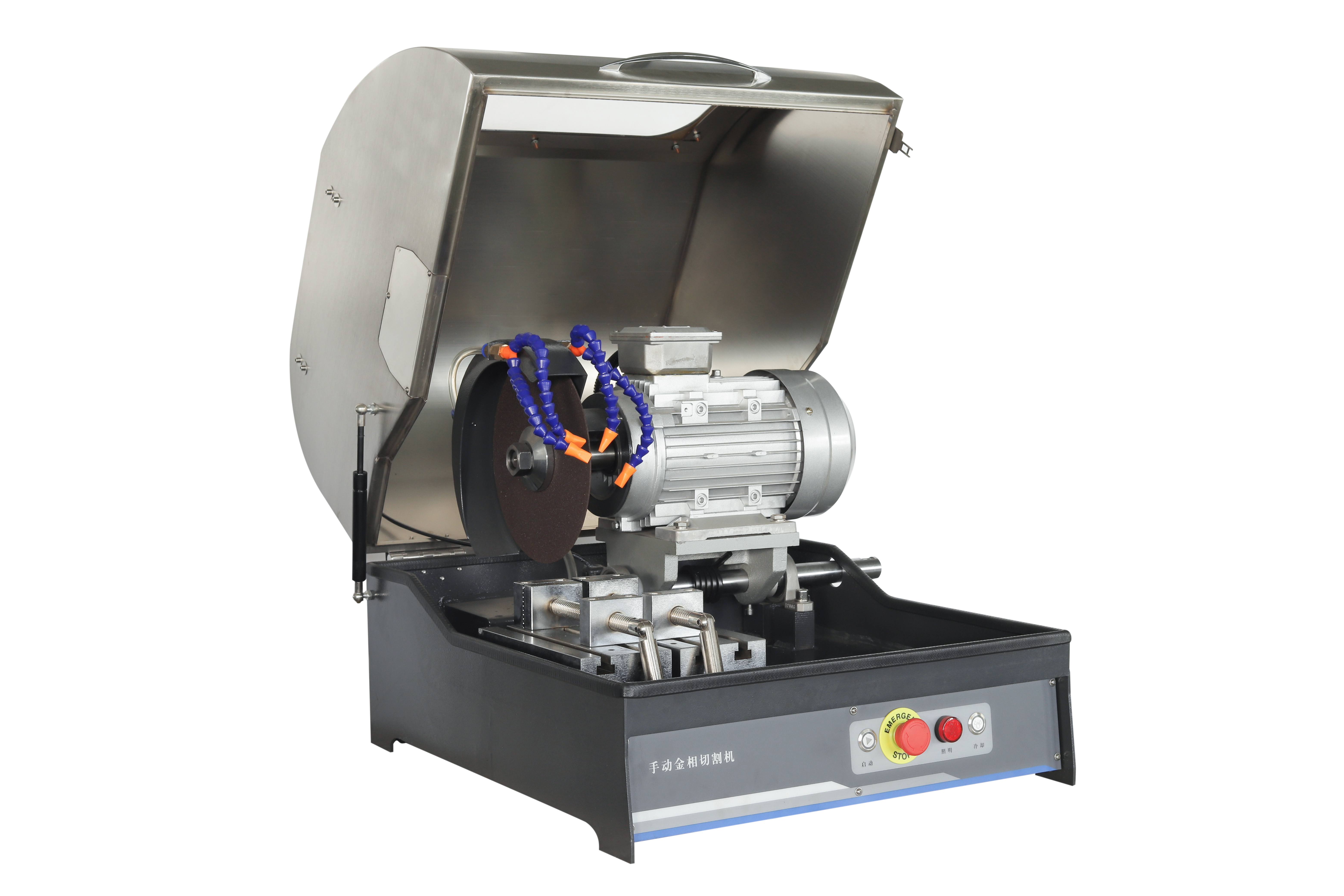
In the realm of material testing, the choice of cutting equipment directly influences the accuracy and reliability of test results. Having worked across various industrial sectors, it has become evident that many procurement specialists underestimate how critical precision cutting machines are to maintaining testing integrity. This guide explores the key factors influencing machine selection, with a special focus on the DS-600 cutting machine by Laizhou Jincheng Industrial Equipment Co., Ltd., offering actionable insights to optimize both testing accuracy and production efficiency.
A manufacturing firm in Southeast Asia once faced significant setbacks due to an incompatible cutting machine. Their device lacked adequate control over positional tolerance, leading to inconsistent specimen sizes that compromised tensile strength test outcomes. The off-spec samples resulted in a 12% rework rate and delayed product release by over a month. This scenario highlights how critical it is to select precision cutting equipment tailored to the specific demands of material testing environments.
Cutting accuracy is the cornerstone of reliable material testing. The fixture design must secure specimens firmly without deformation, while the spindle’s rotational accuracy ensures uniform cuts. For instance, a tolerance deviation beyond ±0.01 mm can lead to significant variability in subsequent mechanical tests such as fatigue or fracture toughness. The DS-600 excels in maintaining spindle runout within 0.005 mm, ensuring cut surfaces meet stringent standards.
High throughput is often a decisive factor in industrial testing facilities. Limit switches serve to prevent over-travel and accidental damage, enhancing machine longevity and operator safety. The DS-600 integrates precise limit switch mechanisms that allow for automatic cycle stops, enabling nearly unattended operation. This feature translates into a demonstrable 20% increase in daily sample processing capacity, which directly correlates with shorter turnaround times in material testing workflows.

Consistent reliability is non-negotiable. Micro-feed functionality allows operators to adjust the material feed position with sub-millimeter precision, reducing sample variation across batches. Additionally, automated stop mechanisms in the DS-600 prevent tool overuse and overheating, cutting down maintenance-related downtime by approximately 15%. These automated controls provide repeatability, which is essential for long-term quality assurance in material testing labs.
Adherence to international quality and safety standards, such as ISO 9001 and CE certification, is crucial for equipment trustworthiness and market acceptance. Devices that comply with these standards undergo rigorous testing to verify durability and performance consistency. The DS-600’s certifications not only affirm its build quality but also facilitate smoother regulatory approvals when integrating into multinational testing operations.
| Feature | Conventional Cutting Machines | DS-600 |
|---|---|---|
| Cutting Accuracy (Tolerance) | ±0.03 mm | ±0.005 mm |
| Automation Level | Manual adjustments required | Micro-feed and auto stop included |
| Safety Features | Basic limit switches only | Advanced limit switches with overload protection |
| Certifications | Varies; often lacking | ISO 9001, CE |
| Productivity Increase | Baseline performance | Up to 20% higher throughput due to automation |

Selecting the right precision cutting machine is more than a procurement choice; it is integral to ensuring reliable and repeatable material testing outcomes. The DS-600 mixing advanced spindle technology, automated micro-feed adjustment, and robust safety features stands out as an ideal choice, especially for labs and manufacturers seeking to enhance both accuracy and throughput. By aligning with international standards, it also guarantees equipment longevity and market confidence.

Ready to improve your material testing accuracy and efficiency? Discover How DS-600 Can Transform Your Testing Workflow